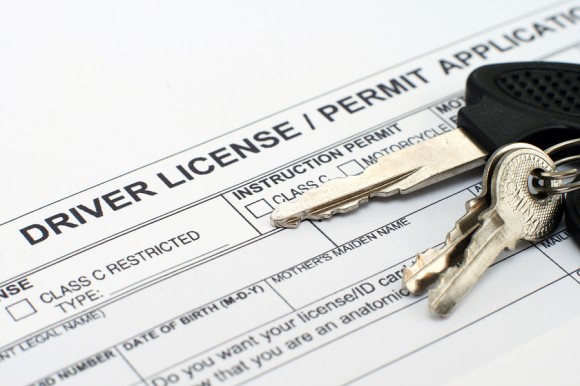While it isn’t required to have a learner’s permit to get a full license when you reach the appropriate age in your state, gaining the on-road experience from participating in a graduated driver licensing system will assist you in being more comfortable and, more importantly, safer on the road as a fully autonomous driver.

Age Requirements
All of these graduated licensing systems rely on a three-step process. Qualifying for your learner’s permit is always the first step. Each state has different regulations regarding the minimum age to qualify and can be anywhere from fourteen (Alaska, Iowa, etc.) to sixteen (Kentucky, New Jersey, etc.) years old. The motor vehicle division website for your state will have the exact specifications.
Tests and Documentation
Regardless of state, there are standard procedures in place for you to get your permit. Generally, you can expect some variation of the following:
- Meet the minimum age requirement in your state
- Provide proof of identity such as a birth certificate or social security card
- Complete a written assessment of your road knowledge (practice tests and/or study guides for your state should be available to you)
- Complete a test of your vision (the back of your permit will indicate your need for corrective lenses when driving)
- Have a parent or legal guardian present to sign off on paperwork
Because the purpose of a permit is to legalize you driving on public roads for the purpose of instruction, you won’t have to complete a road test at this stage in the process. That aspect of the graduated system will not occur until either the provisional or full license stage depending on your state.
Getting Your Provisional License
Note that some requirements for getting a learner’s permit may be waived should you choose to apply for your permit at the age threshold when you would qualify for either a provisional or your full driver’s license. This information can be found in detail from the motor vehicle division in your state.
